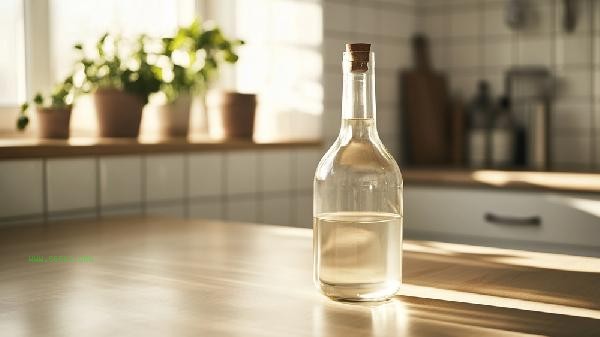Boiling white vinegar in a kettle generally does not explode, but it may cause corrosion or produce a pungent odor to the kettle. The main component of white vinegar is acetic acid, which has a boiling point close to that of water. Normal heating will not cause an explosion, but long-term use may affect the material of the inner wall of the kettle.

Household kettles are usually made of stainless steel or food grade plastic materials, and boiling diluted white vinegar solution for a short period of time will not directly cause an explosion. Acetic acid may accelerate the oxidation of metal materials at high temperatures, especially for poor quality water bottles where coating peeling and metal corrosion may occur. When using, the concentration of vinegar should be controlled. It is recommended that the ratio of vinegar to water not exceed 1:3 to avoid prolonged boiling. Ventilation should be maintained during the operation to prevent acetic acid vapor from irritating the respiratory tract. If there are special situations such as strong sealing or temperature control device failure in the kettle, continuous heating may cause steam pressure accumulation. When the safety valve design of old-fashioned electric kettles or inferior products produced by non-standard manufacturers is incomplete, there is a very small probability of physical rupture due to poor pressure release. Such situations require immediate cessation of use and maintenance of the equipment. It is recommended to use qualified products with anti dry burning function for daily use.

After use, it should be boiled with clean water multiple times to clean residual acetic acid and avoid corrosion of metal components. It is not recommended to frequently clean the kettle with vinegar. 1-2 times a month is sufficient. For daily scale cleaning, milder organic acids such as citric acid can be used instead. If obvious rust spots or abnormal heating are found on the inner wall of the kettle, a new kettle should be replaced to ensure safe drinking water.









Comments (0)
Leave a Comment
No comments yet
Be the first to share your thoughts!